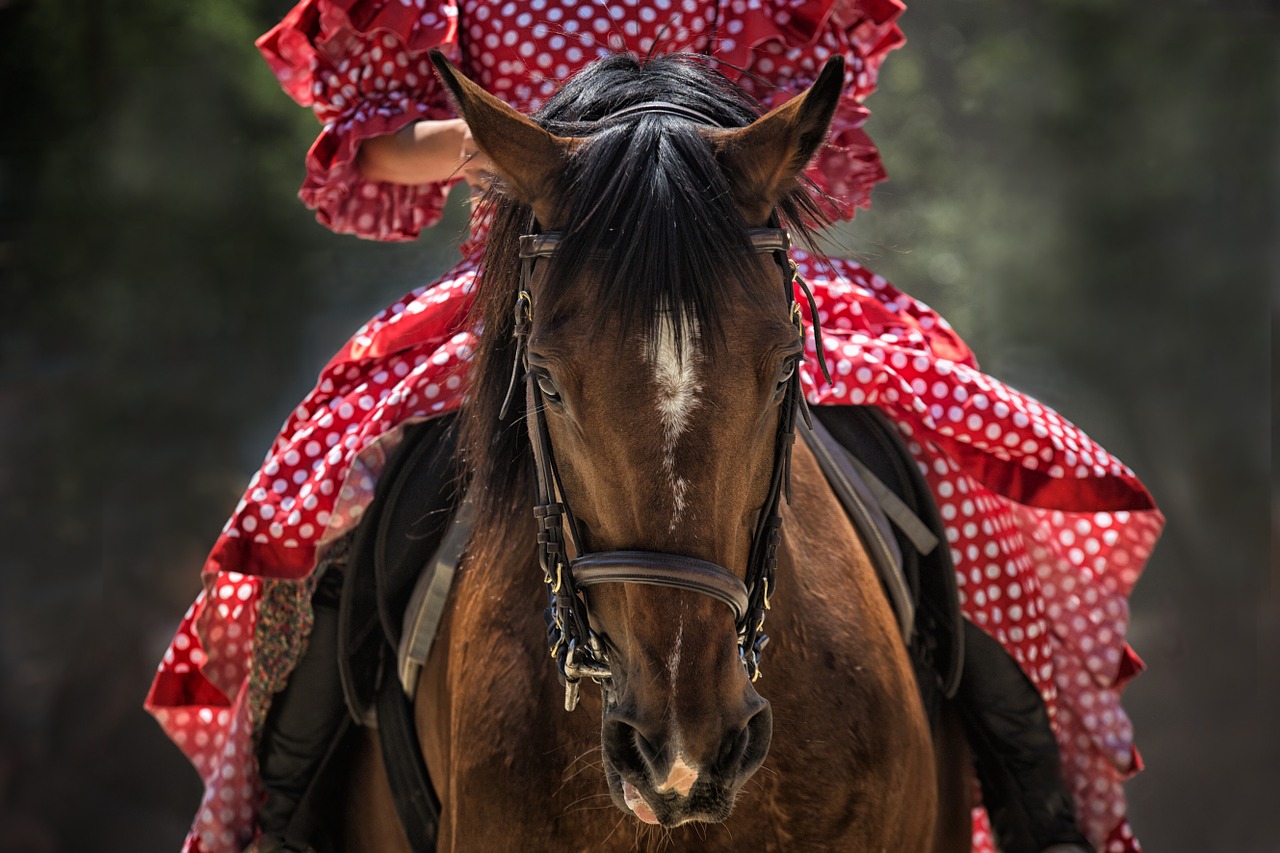
.jpg)
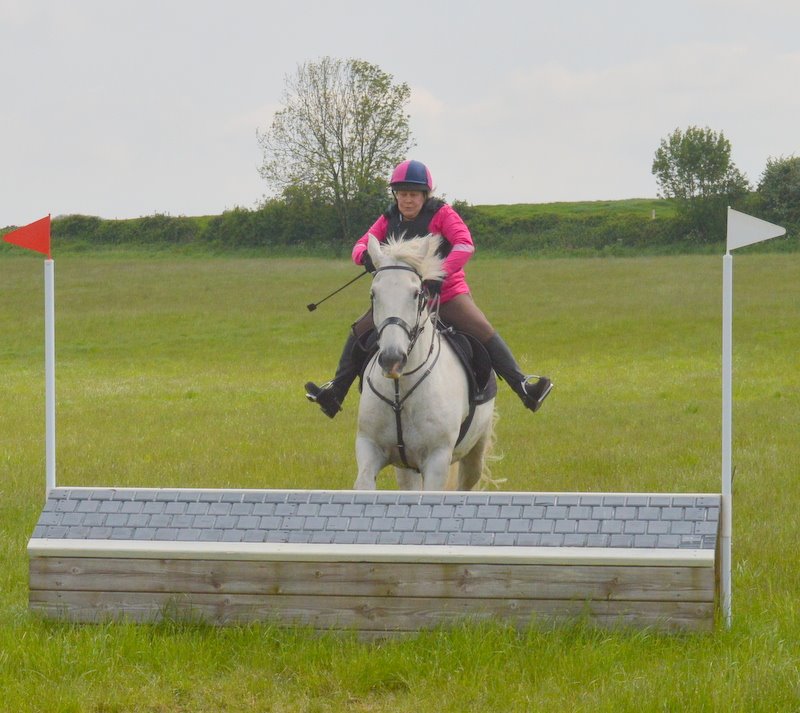
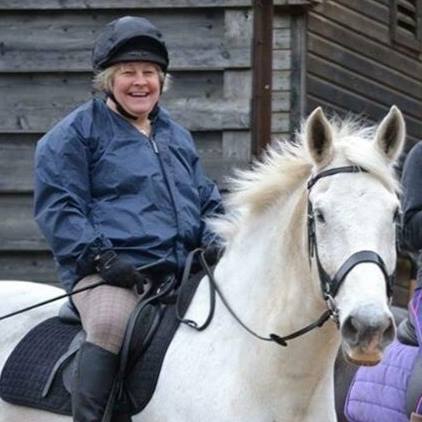

Recently I gave the keynote speech at a Social Enterprise conference in Manchester which focussed on leadership, particularly leadership which supports organisations to achieve social impact successfully. Preparing for this speech I was reflecting on the comparisons I can personally draw between learning to be good at leadership and learning to be a good horse-rider. So I thought I’d put together this list to see who agrees.
Before we get into my thoughts though, and as a light-hearted introduction, I share some comments from friends and associates with whom I’d shared my intention to write this piece:
- “Is it because you have to deal with lots of s**t every day!?”
- “Because you’re sat in a position of authority, but if you hold the reins either too tight or not tight enough you’ll soon end up on your arse!”
- “Nothing is ever predictable…..”
Thanks Neil, Mark and Sarah!
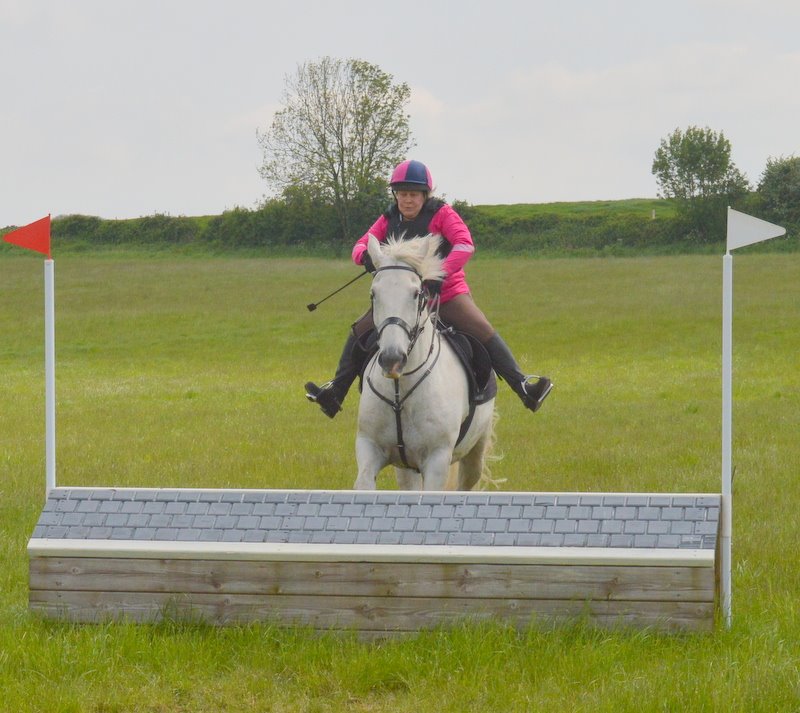
Before you start reading, it’s not my deliberate intention to suggest that all people are just the same as horses, and yet, there are some similarities between some horses and the people I’ve come across too! The other thing many people who know me will reflect on too, is that I’m certainly no expert in horse-riding or leadership – and I’ve had plenty of major failures in both along the way, but I do keep trying and learning!
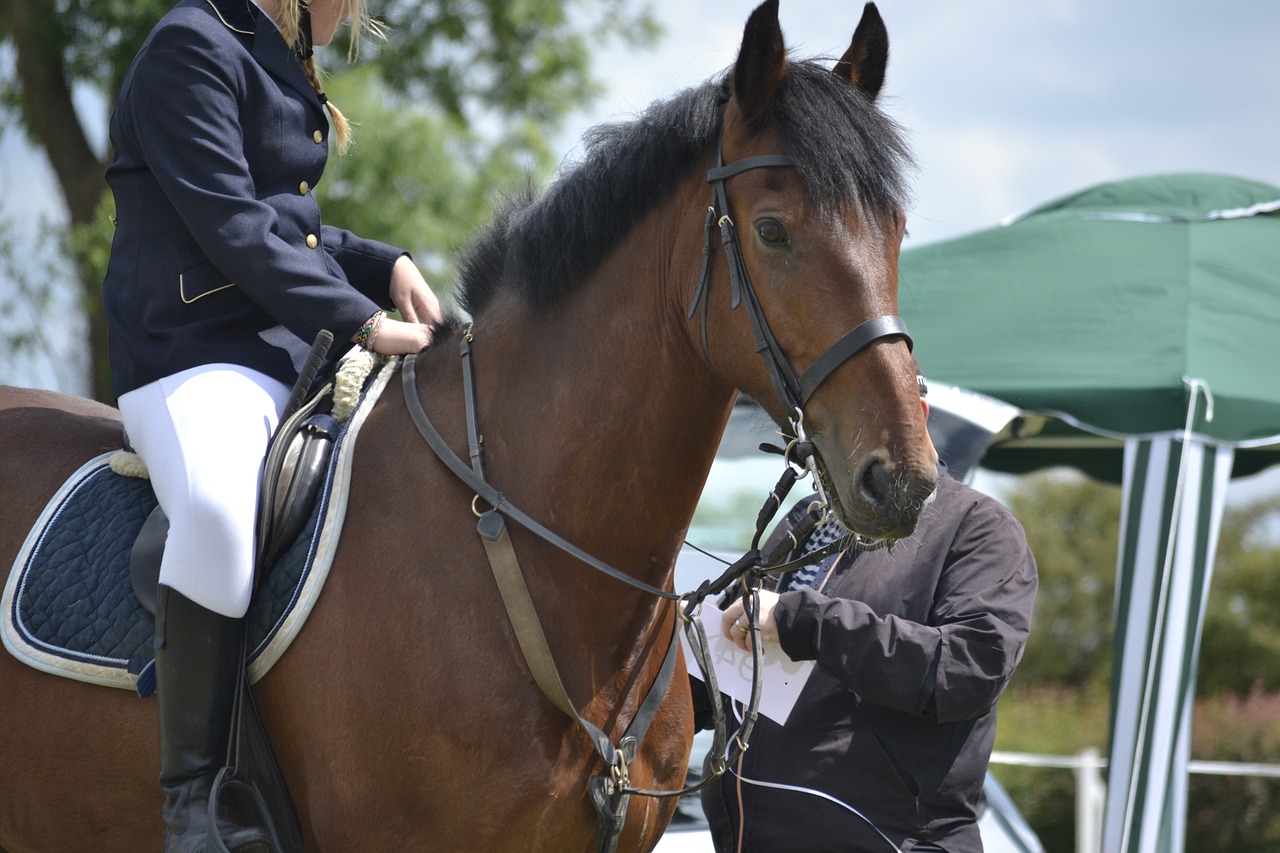
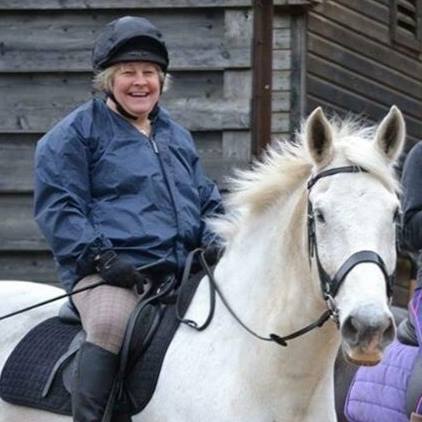
- Have a plan. In both leadership and horse-riding you can get along doing both without personal goals or a major objective in mind, but they both truly come to life once you do start setting goals to work towards. Being able to motivate yourself to achieve and succeed means you’ll be better-able to motivate others. People and horses really do understand when it’s you who has got the ‘bit between your teeth’!
- Know yourself best. Horses are one of the most emotionally intelligent creatures (after dolphins I think). And in leadership being ‘connected’, listening to the ‘feedback’ and being able to support and encourage is essential. In horse-riding terms we use the phrase ‘contact’ to explain how the rider needs to be in touch with horse. In both roles, horse-rider and leader, the most important part about emotional intelligence is self-awareness – being constantly conscious of your own attitude and behaviours and how they impact – on horses and people.
- Have a great mentor. In the horse world there is a brilliant understanding that at every level of skill and experience, riders take on instruction and support from others. So at local level, novice riders will seek lessons from the local pony club instructors, and then at national level top eventers will be working with their coaches to improve. And every level in between there are riders seeking to improve. The same should be true of our leadership approach I believe – knowing that we always need to improve and seeking support and mentoring from people with experience and skill is the best way.
- Vision – “Look beyond the Jumps”! Next time you get chance to watch show-jumping on TV take some time to notice the way the riders approach the trickiest of courses, full of high jumps and sharp turns. You’ll see that they do not look at the jump in front of them, but always be looking ahead at the next one and the next one – giving the horse encouragement, directions and confidence. When learning this technique you’ll often hear instructors at horse-riding clinics yelling “look up and ahead, not down”! In other words by not focussing on the immediate issue (leaving the horse to work that out), the rider provides the clear and confident signals for ‘what’s next’ and the encouragement to achieve success. I think the comparison to leadership is pretty clear here.
- Take a deep breath. Leadership and horse-riding both require patience – but not just your average “okay, well let’s give that time and I’ll come back to it”. No, no… you need patience by the bucket-load and the sort which knows you’re going to have to take three-steps back before you can go forward again (on a very regular basis). Notice around you the number of people who are expected to take on leadership positons, but who rarely stop and breath to gather their patience. The same is true in horse-riders – “remember to breathe Julie!”
- Be quick and be clear. If you’re needed to take control (and lead) in situations where the people relying on you (or the horse) need it, then you have to be very clear, calm and quick. Recognising this need is vital, and being able to provide reassurance and a sense of being in control is essential. Those leaders and riders who don’t pick up on the signals early enough, and are unclear in their direction, usually pay the price – with bruises and even broken bones (!), or at leadership level with disjointed teams and unhappy people.
- Positive reinforcement. Horses love to be told they’ve done well, and they also like reward (commonly polo mints!), and so when training we need to remember to reinforce every positive reaction and development, rather than focus on errors and lack of obedience. When training works well the horse understands precisely what the rider wants and is keen and willing – knowing that praise will be forthcoming.
- Communication. Communication between rider and horse is at the very heart of good horsemanship – naturally. Riders learn in many different ways how to develop their communication with the horse – natural horsemanship teaches riders to understand body language and horse behaviour and puts the two together. Leading people does require a lot of listening – understanding people’s expectations, taking on-board their feelings, and being able to respond and articulate challenges well.
- Determination – and practice, practice, practice. It’s very clear to me that all the leaders and riders I admire and believe are truly successful have incredible determination and dedication to their roles. Both people and horses know when their leader or rider is unlikely to give-up – they test and challenge us in order to check and see if there’s any doubt in our minds. A horse which learns that his rider isn’t determined to achieve that jump or dressage movement, very quickly learns how to ‘duck-out the side’. People do this too when they know their leader hasn’t developed the determination or commitment to success.
- Show off. Leaders are very often found on a stage of some sort – being ready to present their thoughts and vision to their teams, or larger audiences which they can influence. As long as this isn’t just their ego-trip, then it’s a key part of the role in many ways. Horse-riders keen to improve will find local shows and competitions to show-off – their wonderful horses and their skills too. But in both environments there are clear-and-present opportunities for major failures- so we need to prepare well and be confident too.
Oops, then I realised I had a number 11… - The better you get, the more you’ll have to learn. “The more we learn, the less we know” – Lao Tse, Einstein and many others all said the same thing. With people and horses be clear – you’ll never stop learning. Because the skills you are looking to develop are based on a relationship – between people, and between horse and ride. Learning relationships never stop, or at least when they do you’re taking things for granted too much. I’ve also realised that I may have something in common with Winston Churchill – “I’m always ready to learn, although I do not always like being taught!”
For more details on our new Digital Leadership programme, please read our recently published White Paper which you can access here. Also sign up now to one of Cosmic’s Digital Leadership taster courses running this year – more details here.

